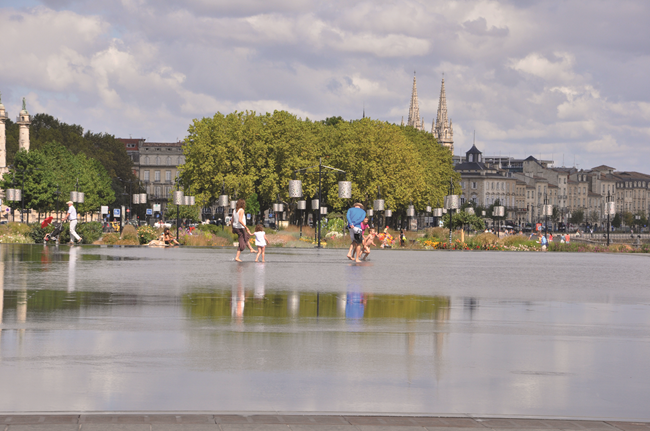Green France: Low Carbon Breaks & Car-Sharing

Eco-tourism and green living in France is endlessly evolving – here we bring you the latest news and developments from low-carbon travel to car-sharing initiatives.
France tourism professionals, from large regional organisations down to the smallest communes‘ tourist offices, are increasingly putting their sustainable attractions front and centre of visitor offerings.
Nouvelle-Aquitaine, for example, has created a bespoke selection of ‘low-carbon holidays’, designed with the support of ADEME (the French Environment and Energy Management Agency) to offer ‘slow’ and meaningful experiences in destinations accessible by train. They work with renowned responsible tourism tour operators, who specialise in walking and cycling breaks. They have also enlisted the help of destination experts to recommend the best low-carbon weekend getaways in the region, the first trips being in the Gironde and Basque.

© ALBAN GILBERT-CRTNA; MON NUAGE-CRTNA; BIOASSAYS
Tree destruction
Up to 200 environmental activists tried in vain to oppose the felling of seven 100-year-old plane trees, which were cut down to make way for the controversial new A69 motorway between Toulouse and Castres in Occitanie. “We’ve lost yet more trees that could have given our kids oxygen,” said one activist.
Cer-sharing signage
Keep an eye out for these ‘covoiturage‘ signs on busy roads when next in France, or you could end up with a hefty fine. Special lanes for those carpooling are signified by a diamond (called a losange shape in French). Use the lane without authorisation and you risk a €135 fine, with some cities beginning to test technology that will observe car occupancy levels.

© ALBAN GILBERT-CRTNA; MON NUAGE-CRTNA; BIOASSAYS
The grass is greener
During the summer, the Riviera town of Mandelieu-la-Napoule used local firm Bioassays innovative dye solution to colour dried out municipal lawns green. The algae-based colourant, which is 100% organic and natural, also provides nutrients. “The idea was to give nature a helping hand by providing protection,” said the town’s mayor, Sébastien Leroy.

© ALBAN GILBERT-CRTNA; MON NUAGE-CRTNA; BIOASSAYS
Lead photo credit : © ALBAN GILBERT-CRTNA; MON NUAGE-CRTNA; BIOASSAYS
Share to: Facebook Twitter LinkedIn Email
More in eco-travel, green, sustainability, sustainable travel
Leave a reply
Your email address will not be published. Required fields are marked *



